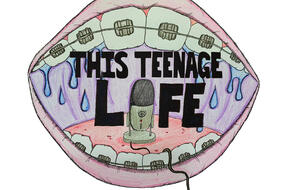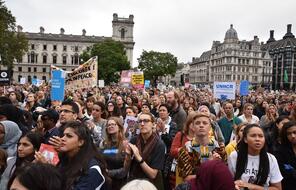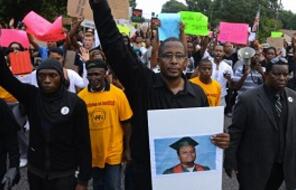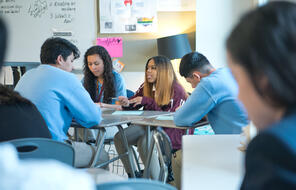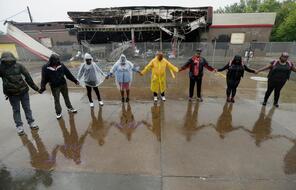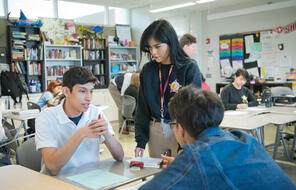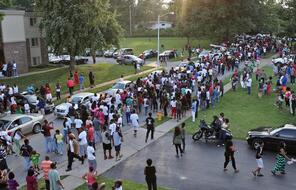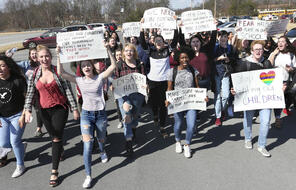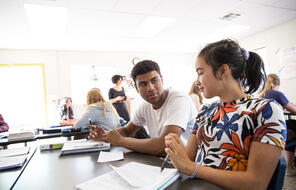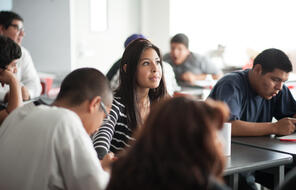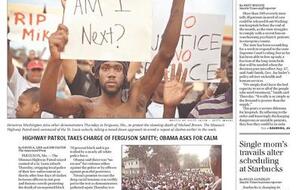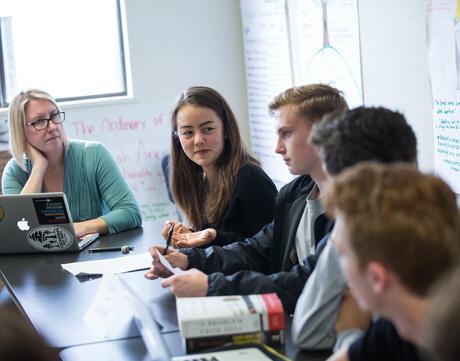
How Do Communities Define We & They?
Duration
One 50-min class periodSubject
- Civics & Citizenship
Grade
6Language
English — USPublished
Overview
About This Lesson
Communities, like Memphis, are made up of distinct groups of people such as students, business people, musicians, and city employees. At the same time, the community of Memphis is situated within a larger network of places such as other cities in Tennessee or the United States. This lesson focuses on how we categorize people within our communities as well as how we place labels on members of other communities. In both of these situations, individuals are making choices about who belongs and who does not belong. Psychologist Deborah Tannen writes that categorizing people is a basic part of human behavior:
We all know that we are unique individuals but we tend to see ourselves as representatives of groups. It’s a natural tendency; since we must see the world in patterns in order to make sense of it; we wouldn’t be able to deal with the daily onslaught of people and objects if we couldn’t predict a lot about them and feel that we know who or what they are.
Throughout history, communities have classified people into groups in order to establish boundaries on membership. Understanding these communities (or societies) demands an awareness of who is included and who is excluded, as well as what factors are used to make the decisions about who belongs. Membership has been based on family, tribe, nationality, race, class, religion, gender, and even skills; and organizing people into categories has served many functions (e.g., political, economic, and social). For example, in India, the caste system created strict rules about membership based on family. It was once impossible for someone to become a member of a different caste. In the Middle Ages, groups of people with similar trades formed guilds. Membership often required serving an apprenticeship and proving one’s skill. In the history of the United States, race has been used to classify people into groups with different rights and privileges.
In this lesson, students will read the classic Dr. Seuss story “The Sneetches.” In this tale, Sneetches with stars on their bellies have more status than those without stars. Yet even when the plain-bellied Sneetches get stars on their bellies, they are still denied entrance to the elite community of star-bellied Sneetches. Ultimately the Sneetches learn that, stars or no stars, they are all members of the same community. This poem has been used for decades as a warning against discrimination and prejudice. Dr. Seuss wrote a shorter version of “The Sneetches” in 1953, when the Supreme Court was hearing testimony in Brown v. Board of Education. He completed the longer version of the poem, with illustrations, in 1961. Many scholars believe Dr. Seuss wrote this poem to express his opposition to discrimination against Jewish people in Europe.*
Throughout history, cultures have resolved tensions between communities in the same way as the Sneetches, by extending membership to a wider range of people. For example, the Romans tried to assimilate many of the people they conquered into their society.
Students will also learn about communities that maintained strict boundaries on membership. Thus, the story of the Sneetches can serve as a touchstone throughout your course: It can be a way to begin a conversation about how a specific culture makes decisions about who belongs and who doesn’t. This story also provides a window into students’ relationships with others in the class and in the school. Adolescents are known for forming cliques. This story may help students think more deeply about the purpose and fairness of “in” groups and “out” groups.
As communities set boundaries on membership, they create distinctions of we and they. In the poem “We and They,” Rudyard Kipling writes about how people judge those outside their community as “other.” His experience as a British boy growing up in Bombay, India, inspires the ideas in this poem. He writes about how the British label the eating habits of Indians as “scandalous,” whereas the Indians find it disgusting that the British eat the meat of a cow, an animal considered sacred by Hindus. Thus this poem provides an effective way to introduce students to the idea of perspective, an important concept for any student of history. Especially in world history, where the content focuses on cultures so distant from students’ lives, both geographically and temporally, students should be aware of how their perspective influences their ideas about the cultures they are studying. Similarly, as students encounter classmates from other schools, backgrounds, and neighborhoods, they should be aware that labels of “normal,” “strange,” and “different” are matters of perspective rather than fact.
Lesson Plans
Activities
Extension Activities
Materials and Downloads
Quick Downloads
Download the Files
Get Files Via Google
How Do Communities Define We & They?
What Makes Memphis a Community?
What Does It Mean to Belong?
Unlimited Access to Learning. More Added Every Month.
Facing History & Ourselves is designed for educators who want to help students explore identity, think critically, grow emotionally, act ethically, and participate in civic life. It’s hard work, so we’ve developed some go-to professional learning opportunities to help you along the way.
Exploring ELA Text Selection with Julia Torres
On-Demand
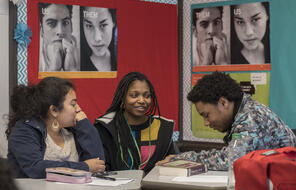
Working for Justice, Equity and Civic Agency in Our Schools: A Conversation with Clint Smith
On-Demand
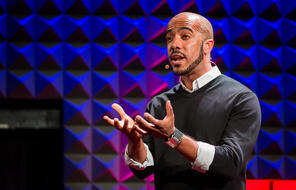
Centering Student Voices to Build Community and Agency
On-Demand
